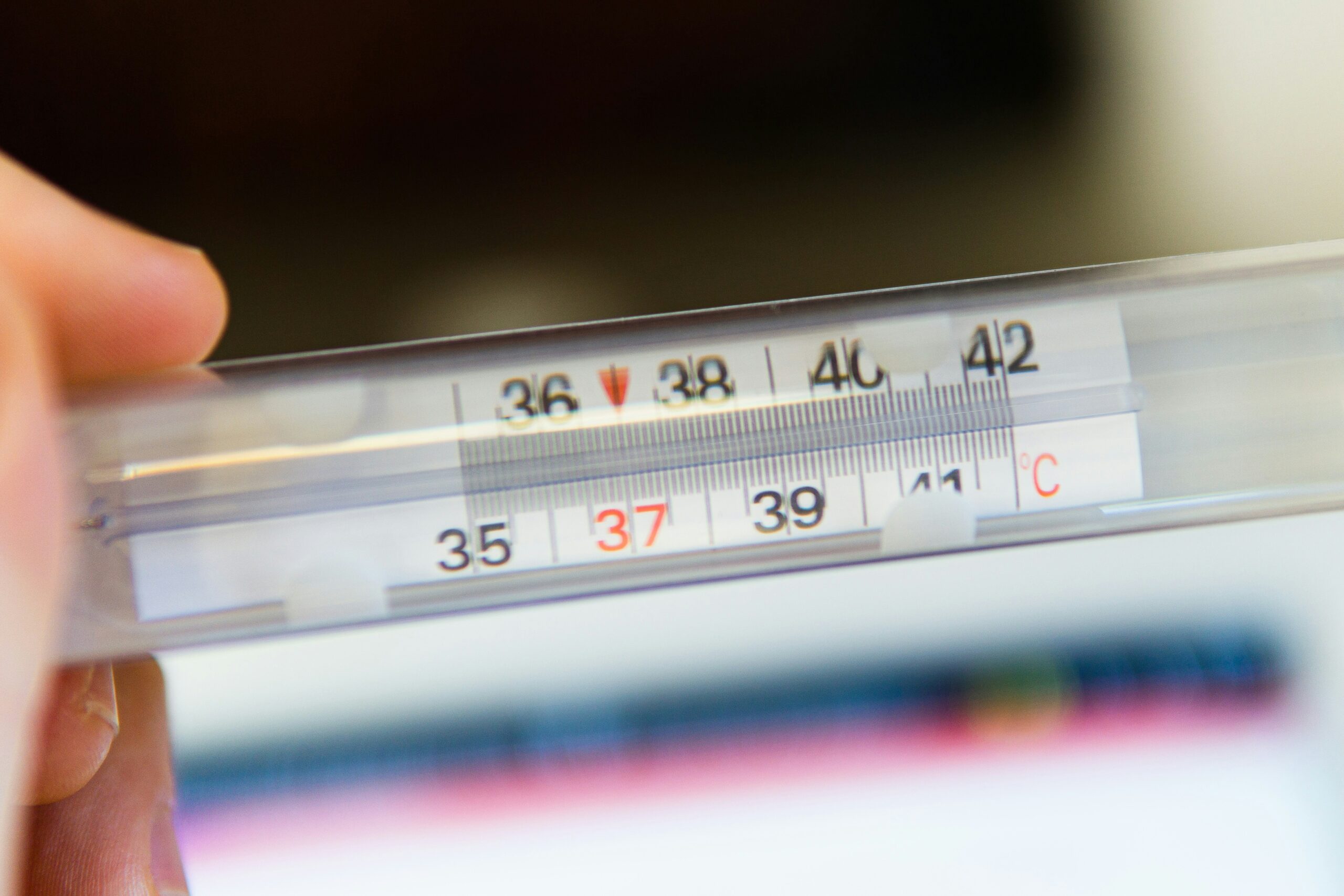Dengue fever, a mosquito-borne viral infection, is currently posing a significant health risk in Latin America. Recent data reveals a concerning surge in the number of cases, with over 4.5 million infections reported in the region. This alarming trend calls for immediate attention and preventive measures to curb the spread of the disease.
Understanding Dengue Fever
Dengue fever is caused by the dengue virus, which is transmitted to humans through the bite of infected Aedes mosquitoes, primarily Aedes aegypti. These mosquitoes are commonly found in urban areas, breeding in stagnant water sources such as discarded tires, flower pots, and water storage containers.
The symptoms of dengue fever can vary from mild to severe, and in some cases, it can be life-threatening. Common signs include high fever, severe headache, joint and muscle pain, rash, and mild bleeding from the nose or gums. Severe cases may lead to dengue hemorrhagic fever or dengue shock syndrome, which can cause organ failure and even death.
The Rising Dengue Fever Cases in Latin America
Latin America has been experiencing a significant increase in dengue fever cases in recent years. The latest data indicates that more than 4.5 million cases have been detected in the region, with Brazil, Mexico, and Colombia being the most affected countries.
Several factors contribute to the rise in dengue fever cases in Latin America. Urbanization, population growth, inadequate sanitation, and climate change are some of the key factors that create favorable conditions for the breeding and spread of Aedes mosquitoes. Additionally, limited access to healthcare and diagnostic facilities in certain areas further exacerbate the situation.
Preventing Dengue Fever
Prevention is crucial in controlling the spread of dengue fever. Here are some effective preventive measures:
- Eliminate Mosquito Breeding Sites: Regularly empty and clean containers that can hold water, such as flower pots, buckets, and discarded tires. Cover water storage containers to prevent mosquitoes from laying eggs.
- Use Mosquito Repellents: Apply mosquito repellents containing DEET, picaridin, or oil of lemon eucalyptus to exposed skin and clothing.
- Wear Protective Clothing: When in areas with a high mosquito population, wear long-sleeved shirts, long pants, socks, and shoes to minimize exposure.
- Install Window and Door Screens: Use screens on windows and doors to prevent mosquitoes from entering your home.
- Support Vector Control Efforts: Cooperate with local health authorities in their efforts to control mosquito populations through insecticide spraying and other vector control measures.
Seeking Medical Attention
If you experience symptoms of dengue fever, it is important to seek medical attention promptly. Early diagnosis and appropriate medical care can help prevent complications and reduce the risk of severe illness.
It is crucial to communicate your travel history and any potential exposure to mosquitoes to healthcare providers. This information will assist them in making an accurate diagnosis and providing appropriate treatment.
Conclusion
The rising number of dengue fever cases in Latin America is a cause for concern. It is essential for individuals, communities, and governments to take proactive measures to prevent the spread of the disease. By eliminating mosquito breeding sites, using mosquito repellents, and supporting vector control efforts, we can collectively reduce the incidence of dengue fever and protect the health of our communities.

